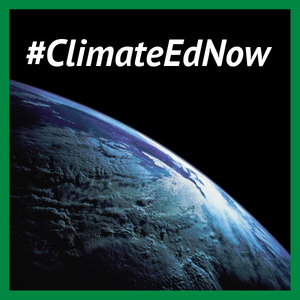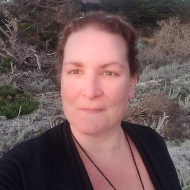It also means acknowledging that climate change will not affect everyone equally. Women and children, those of lower socioeconomic status, the elderly, people of color, the disabled, refugees — all will bear more of the brunt of climate impacts. If done well, climate science education, with its inherent foci of equity, inclusion, and justice, models what good student-centered, culturally-relevant education looks like.
The consequences of not teaching climate science, or only relegating it to a unit in an earth science course, are too severe. For all life on Earth, including humans, climate science is as unifying a concept as evolution. Like evolution, climate science is best taught when it is woven through the curriculum of as many courses as possible.
This does not mean doom-and-gloom on a daily basis, however. Our students, as they move forward collectively, must not only be able to anticipate the challenges, but also recognize potential opportunities, posed by the environment they are inheriting. Educators should provide practical courses of action and a deep knowledge-base that will help their students temper the worst impacts of climate change through technological and behavioral solutions.
As the 2020 NABT Position on Teaching Climate Change states:
Instructional frameworks should engage students in classroom discussions and in laboratory investigations that incorporate best practices in inquiry teaching to scaffold students' use of science practices and concepts to support the learning of core ideas of climate science. The instructional outcomes should focus on developing individuals with the capacity to predict the consequences of climate changes for human civilization and provide opportunities for them to propose possible mitigation and adaptation responses.
Educating current and future generations about what a warmer world entails must be considered one of the core goals when striving for a scientifically-literate society and it starts in the classroom.
Read other essays from our #ClimateEdNow series.

 The Intergovernmental Panel on Climate Change, in its recently released 2021
The Intergovernmental Panel on Climate Change, in its recently released 2021 
